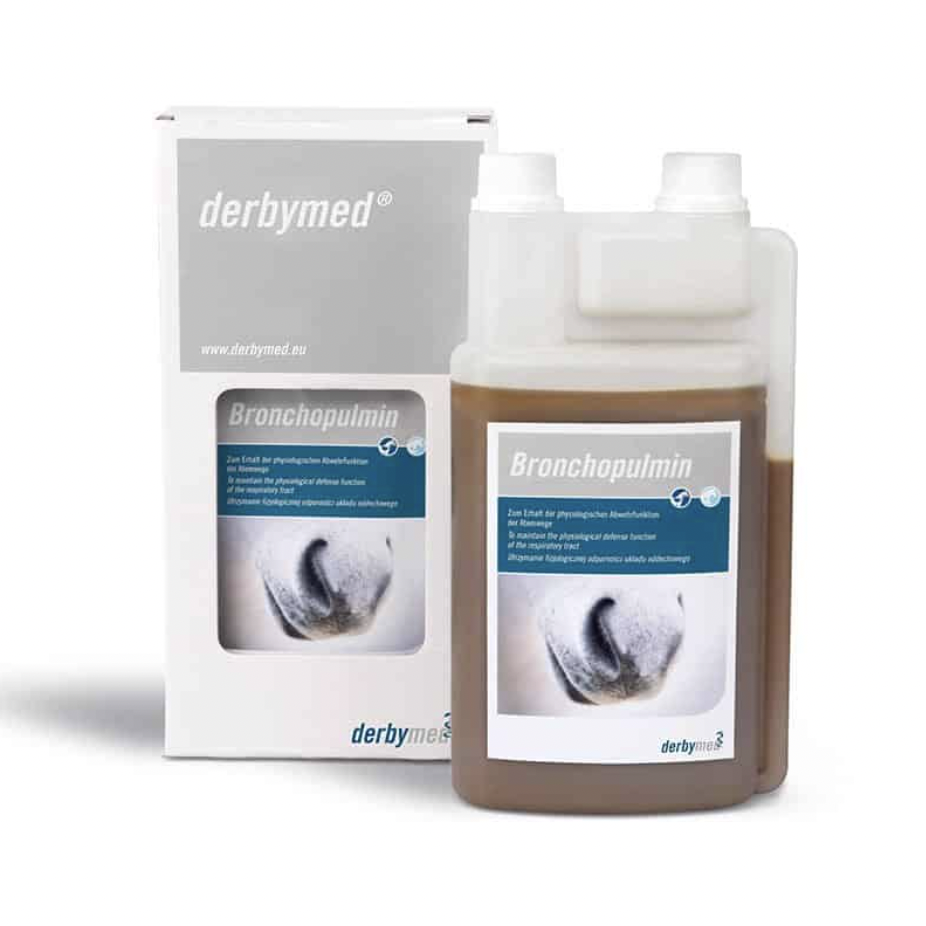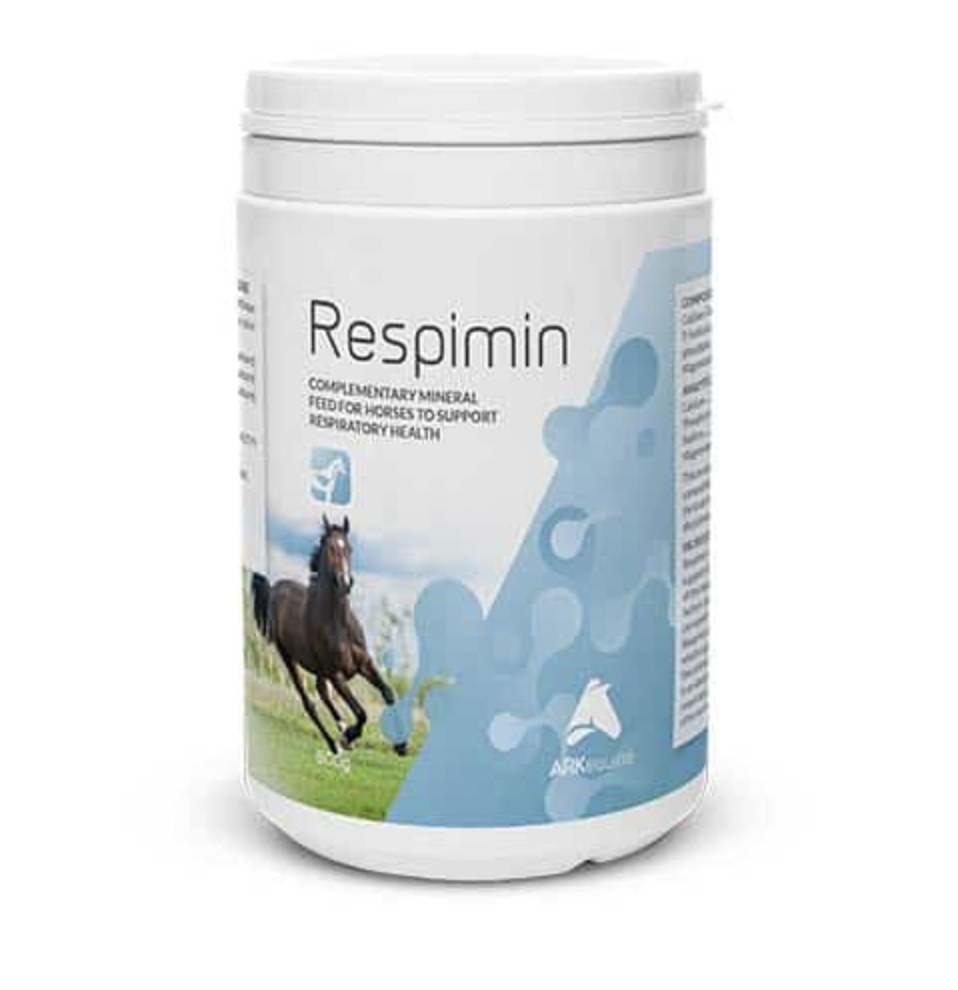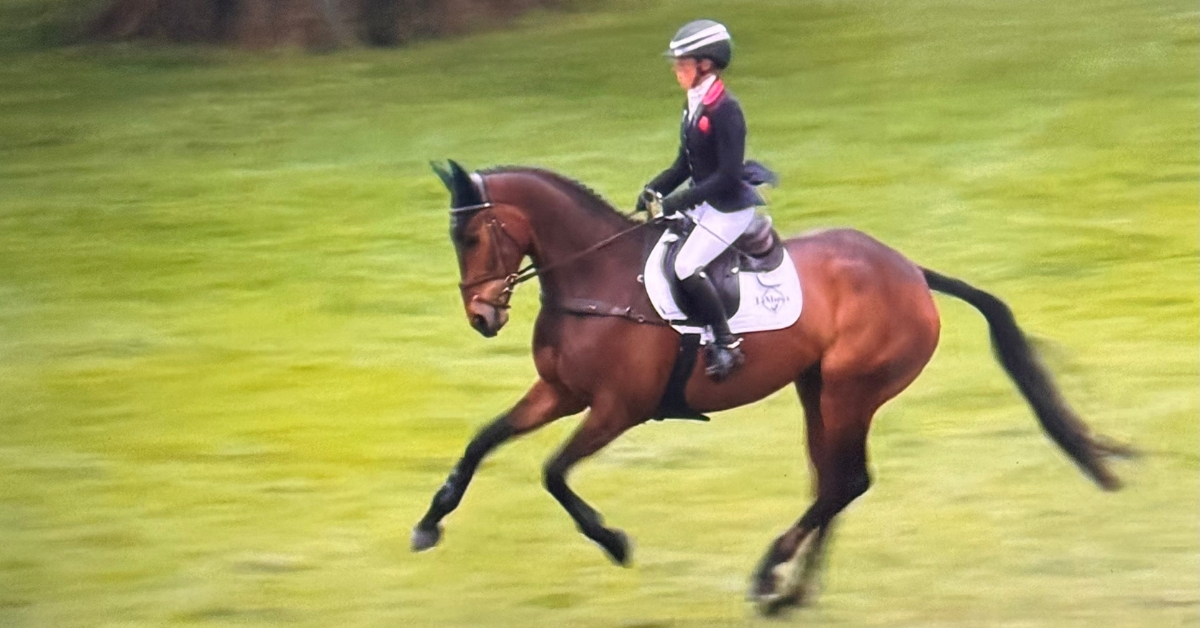In this article we will look at the structure and function of the healthy equine respiratory system. We can then begin to look at the plethora of conditions which can adversely affect this system.
Horses evolved to graze vast wide-open plains. It is a prey animal, and needed to keep an eye out for wolves, mountain lions and bears. As there aren’t many trees to climb in the steppes of Asia or the grasslands of North America (where they first evolved), the horses’ response to danger is to put a whole lot of distance between itself and the source of danger. To this end the horse has become a natural athlete and has the heart and lungs to prove it.

The lungs of the horse are relatively larger than those of the other domestic species. A similar-sized cow has lungs half the size of a horse. Compared to humans, as a percentage of body weight, the horse and ourselves have very similar lung size, although the equine lung is capable of much harder work than that of the human. When the horse is at maximal exertion, its oxygen uptake is 40 times greater than that at rest. For the human, this figure is only 6 times the resting value. While the spleen of the horse is clearly not part of its respiratory system, it responds to the lungs’ extraordinary efforts by squeezing immense numbers of extra red blood cells into the circulation, carrying a vast amount of oxygen around the body. This contraction of the spleen can double the number of red blood cells in the bloodstream, fueling extreme muscular activity and athletic performance.
The horse uses its respiratory system in different ways depending on its gait. At rest, walking or trotting, the horse’s chest expands to inflate the lungs and to inhale air, pretty much what we would expect. At the canter or gallop the chest does not expand. It is the movement of the abdominal contents creating cycles of pressure and release on the diaphragm which achieves air movement in and out of the lungs. The horse will exhale when its front legs stretch forward and come into contact with the ground, as at this point the abdominal contents will ‘crash’ into the diaphragm, pushing air out. This means that the horse will have a 1 to 1 ratio of breaths to strides, i.e. an exercising horse cannot increase its respiratory rate out of synch with its stride.
The anatomy of the equine respiratory tract extends from the nostrils to the base of the lungs. Air inhaled through the nostrils passes to the larynx which guards the entrance to the trachea or windpipe. The soft palate of the horse is permanently wedged below the larynx and kept in place by the protruding epiglottis. The result of this is that horses cannot breathe through the mouth, they are obligate nose-breathers.
Air passes down the trachea which divides into left, and right branches called bronchi. The bronchi then branch off into smaller and smaller airways until they terminate in tiny tubes called bronchioles. These carry air into vascular sacs called alveoli, which have miles of capillary blood vessels in their walls. The oxygen in the inspired air diffuses through the one-cell-thick walls into the bloodstream where it is picked up by the haemoglobin carried in a red blood cell. The carbon dioxide produced as a waste product moves in the other direction and is exhaled.
The respiratory system can be affected by many clinical conditions which may require intervention. These vary from the mild, e.g. minor upper respiratory tract (URT) infection, to the life threatening eg pleuropneumonia. In performance animals we often encounter conditions of the respiratory tract which would restrict the athletic ability of the horse. These conditions, their treatments and surgeries have produced a lexicon of their own. Enough hours spent watching the racing on television will expose us to chat about ‘Hobday Operations’ or other ‘Wind Surgery’. Horses can be ‘Roarers’ or have a tendency to ‘Burst’ or ‘Bleed’. These terms all refer to particular conditions of the respiratory tract.
In subsequent articles we will look at some of these common respiratory conditions and their treatment, from the sniffly pony to the gurgling Derby Winner.
Written by; John Henderson MRCVS
For support with good respiratory health view our recommended products:

Bronchopulmin is a unique liquid feed supplement designed to restore and maintain a healthy and effective respiratory system and to support the immune system.
It contains a blend of Essential Oils, such as Cineol and Eucalyptus oil, specifically chosen for their ability to support the respiratory immune system and soothe irritation.
Additionally Thyme, Fennel and Black Cumin oil, support Bronchodilation.
For more on derbymed’s Bronchopulmin click here.

Respimin is a feed supplement designed to support the equine respiratory tract.
It is used to support horses diagnosed with respiratory conditions, and recovering from respiratory diseases such as acute, sub-acute and chronic infections (bronchitis, bronchiolitis and bronchopneumonia), viral respiratory diseases, respiratory allergies, and Recurrent Airway Obstruction (RAO). Its unique formulation encourages the release of mucous while reducing excessive coughing.
Respimin is recommended for the maintenance of a healthy respiratory tract in animals that have a history of RAO and respiratory allergies. For more on ARKequine’s Respimin click here.
ARKequine have a special promotion running across the Month of October where you can get 15% off their Respiratory product range just click the link here: Get 15% off.


Share
Your subscription is 100% Free for our first year, No credit card details required.

Rachael Blackmore retires: a standard-setter, a champion, and one of our own. It’s not easy to put a career like

Ros Canter has secured her second Mars Badminton Horse Trials title riding Lordships Graffalo, the now 13-year-old gelding already being

Why the Countdown to The Distinguished Gentleman’s Ride Kildare Matters In just ten days, the engines will roar and the